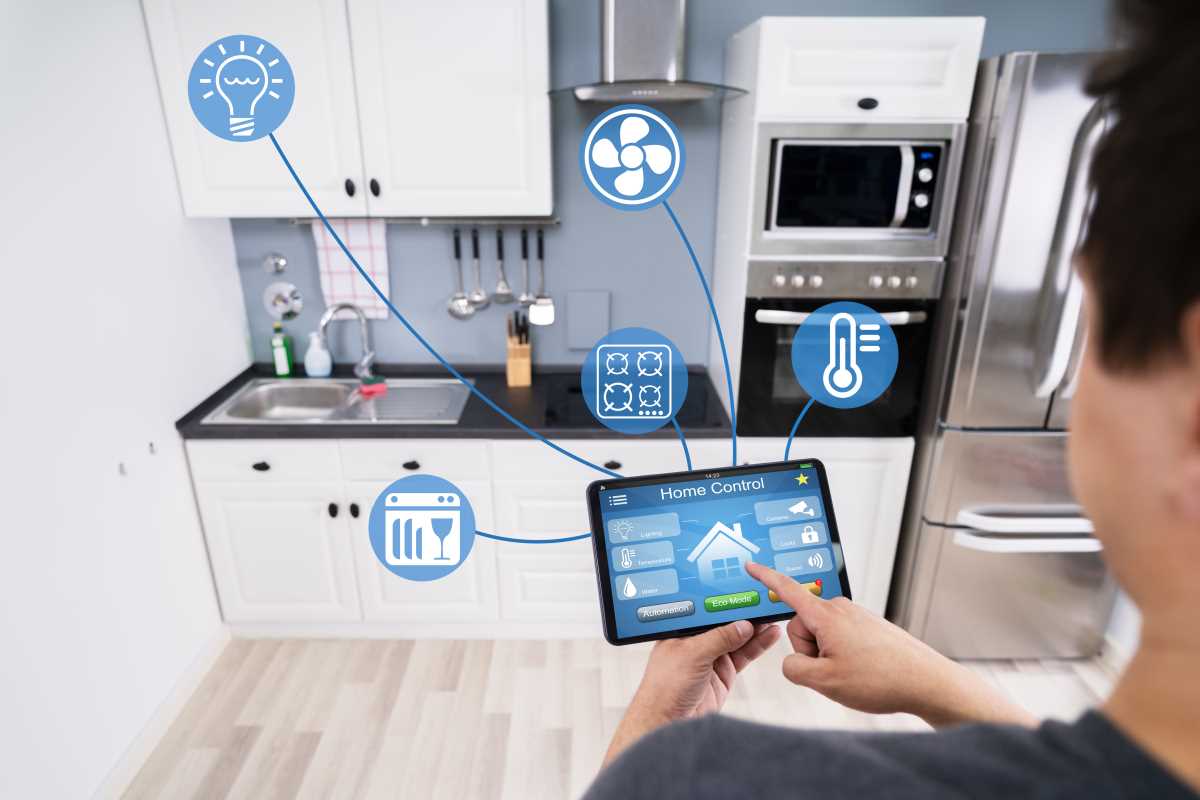Advancements in sensor technology now deliver instant updates that replace the old reliance on paperwork and historical data in property insurance. Roofs equipped with smart devices can notify homeowners and insurers about storm damage as soon as it occurs, while water pipes with embedded sensors send alerts the moment they detect even the smallest leak. These innovations allow insurers and adjusters to respond immediately, speeding up the claims process and reducing the risk of extensive damage. This real-time connection between properties and insurance providers marks a major change in how claims unfold, offering greater accuracy and peace of mind for everyone involved.
By catching issues before they snowball into major losses, smart sensors cut down investigation time and ease customer stress. In this piece, we explore fresh ways these devices sharpen risk detection, simplify complex claims, and fit into everyday workflows.
New Methods for Detecting Risks
- Instead of waiting for customers to notice a slow drip or rising humidity, connected moisture meters stream continuous data directly to dashboards. This steady stream of information spots creeping leaks in basements or around HVAC units, so insurers can dispatch technicians before mold has a chance to form and generate an expensive remediation claim.
- Acoustic sensors placed on critical pipes pick up vibration patterns that human ears would never catch. By analyzing the sound signatures in real time, these sensors distinguish between normal operation and stresses that precede a burst. That way, policyholders avoid disruptive repairs and insurers sidestep large payouts tied to sudden failures.
- Integrated thermal cameras mounted in attics and wall cavities reveal hot spots or cold bridges that point to energy inefficiencies and insulation gaps. Early detection of these anomalies helps insurers work with homeowners to patch trouble spots and prevent roofing or structural deterioration down the line.
- Ambient air quality monitors track tiny shifts in particulate matter, volatile organic compounds, and humidity—all indicators of concealed hazards. When these metrics deviate from established baselines, underwriters get an early warning and can fine-tune policy conditions or offer proactive maintenance guidance to cut claim volume.
Innovations That Make Claims Simpler
- Utilizing mesh networks among sensors means that even when one device goes offline, its neighbors share data to maintain coverage. This redundancy ensures adjusters and insurers work with complete incident logs, removing guesswork from damage timelines and saving hours previously spent chasing missing data.
- Machine learning algorithms trained on sensor outputs now classify events—like distinguishing a hail strike from a fallen branch—without manual review. As a result, one batch of sensor readings automatically routes claims to the right specialist, reducing handoff delays and keeping customers informed.
- Blockchain-backed sensor records create an immutable claim history that all stakeholders—homeowners, adjusters, contractors—can access. This transparent trail reduces disputes over when damage happened and what steps came next, leading to faster payments and on-schedule repairs.
- Adaptive alert thresholds let property owners adjust sensitivity based on seasonal factors or occupancy patterns. For example, a vacation home can raise leak-detection sensitivity during winter months. That customization reduces false alarms and ensures adjusters receive only serious events, trimming endless follow-up calls.
Effective Smart Sensor Solutions in Practice
- Nest Protect (Home Safety, 2023)
- Unique Feature: Integrated smoke-and-carbon sensor array with voice alarms that specify hazard type, helping homeowners avoid panic-driven mistakes.
- Cost/Availability: ~$120 per unit.
- Best Practice: Pair with humidity sensors to reduce false positives from shower steam.
- Flo by Moen (Plumbing, 2022)
- Unique Feature: Monitors water flow at the main shutoff, accurate to 1/8 teaspoon per minute. Detects both tiny drips and large leaks, triggering auto-shutoff when needed.
- Cost/Availability: ~$400 for DIY kits.
- Insider Tip: Test its auto-shutoff feature quarterly to prevent valve spring sticking.
- Ecobee SmartSensor (HVAC, 2023)
- Unique Feature: Tracks temperature and occupancy, syncing with Ecobee thermostats to optimize heating/cooling and prevent system overdrive.
- Cost/Availability: ~$80 each.
- Best Practice: Mount at shoulder level (~5 feet high), away from vents and doors for accurate room readings.
- Roost Smart Water Leak Detector (Home Monitoring, 2021)
- Unique Feature: Runs on a single AA battery for up to two years, detecting moisture and temperature drops that can signal freezing.
- Cost/Availability: ~$35 online—budget-friendly.
- Installer Advice: Place near sump pumps and dishwashers as well as under sinks, since hidden drips often start there.
- Brinks Home Security Smart Gateway (Security Hub, 2024)
- Unique Feature: Connects multiple sensor types (glass break, motion, water) into a unified touchscreen hub with event logs and images.
- Cost/Availability: Starter kit ~$250 plus subscription.
- Best Practice: Activate test mode before powering down to avoid lengthy re-registration after moving it.
Simplifying Adjuster Tasks
Adjusters handle inspection scheduling, gathering evidence, and customer calls, often switching between apps and spreadsheets. Embedding sensor feeds in one view reduces that app-switching, so they detect anomalies immediately and focus on field visits where they matter most.
By linking claims management platforms with live sensor alerts, teams automatically prioritize properties with high risk and send adjusters the moment data shows a qualifying event. This close integration also brings to light
Smart sensors help insurers and policyholders address repairs quickly instead of focusing on fault. This proactive approach strengthens their partnership.







